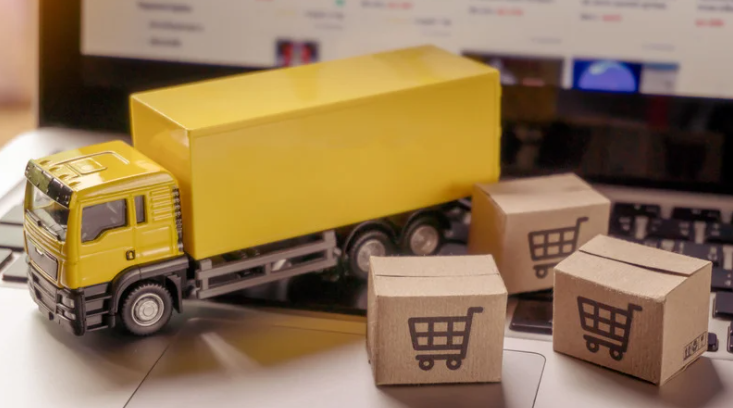
Last-mile delivery has become a critical focus area for businesses aiming to meet rising customer expectations and improve operational efficiency. As e-commerce continues to expand, the need for faster, more reliable, and cost-effective last-mile logistics is more important than ever. In this blog post, we will explore strategies to optimize last-mile delivery and enhance customer satisfaction.
Real-Time Tracking and Visibility: Customers expect transparency in their deliveries. Implementing GPS tracking and real-time updates allows customers to monitor their packages, reducing uncertainty and enhancing trust in the delivery process.
Route Optimization Technology: AI-driven route optimization helps delivery drivers navigate the fastest and most efficient paths, reducing delays and fuel costs. By leveraging traffic data and predictive analytics, businesses can enhance delivery speed and reliability.
Same-Day and On-Demand Delivery Services: The demand for faster delivery is growing. Businesses that offer same-day or on-demand delivery options gain a competitive edge by meeting customer expectations for convenience and immediacy.
Drones and Autonomous Vehicles: Innovative solutions like drones and autonomous vehicles are revolutionizing last-mile logistics. These technologies reduce labor costs, enhance delivery speed, and improve access to remote or congested areas.
Smart Lockers and Pickup Points: To address failed deliveries, businesses are implementing smart lockers and designated pickup locations. This provides customers with flexibility in receiving their orders while reducing the risk of package theft and missed deliveries.
Sustainable Delivery Practices: Companies are adopting green logistics by using electric vehicles, bicycles, and eco-friendly packaging to minimize environmental impact. Sustainable delivery practices not only reduce carbon emissions but also appeal to environmentally conscious consumers.
Customer Communication and Personalization: Automated SMS and email notifications keep customers informed about their delivery status. Personalized delivery time slots and preferences also enhance the customer experience and reduce failed delivery attempts.
Data Analytics for Continuous Improvement: Analyzing last-mile delivery performance metrics, such as delivery time, cost per mile, and customer feedback, helps businesses refine their logistics strategies and improve efficiency.
